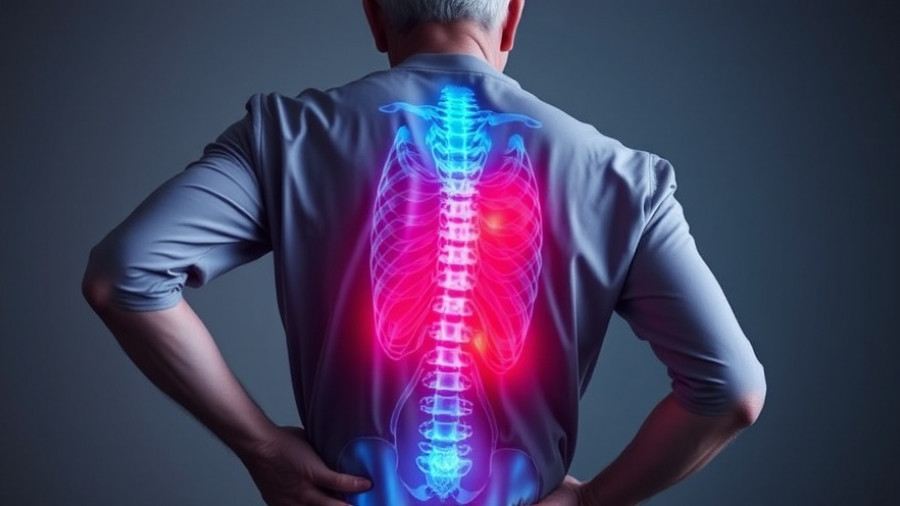
Elevate Your Game: Understanding TPI Certification
As the weather warms and the golf season approaches, many enthusiastic players are looking for ways to elevate their game. One effective approach is to consider Titleist Performance Institute (TPI) certification aims at enhancing golfing performance through personalized fitness and injury prevention strategies. So, what exactly does it mean to be TPI certified, and how can it revolutionize your golfing experience? It’s time to break it down.
The Importance of TPI Certification
TPI certification is not just a badge; it's a comprehensive program designed for fitness trainers, medical professionals, and golf instructors aimed at understanding the intricate body-swing connection. The Titleist Performance Institute has meticulously studied diverse golfers, starting from amateurs to seasoned professionals, creating systems to pinpoint physical limitations that may hinder your swing.
A TPI-certified professional doesn’t merely assess a golfer’s technique; they delve into movement patterns, recognizing restrictions and weaknesses to craft tailored programs that enhance flexibility, strength, and overall mechanics for a more effective and pain-free swing.
Boost Your Golf Game with Tailored Strategies
At Kalkstein Chiropractic in Towson, MD, our integration of TPI assessments into healthcare methods can pave the way for golfers to achieve unprecedented success on the greens. Here’s how:
Enhance Swing Efficiency: Through identifying mobility restrictions, we develop customized exercises to improve range of motion and boost power.
Minimize Injury Risks: Golfing entails repetitive movements, leading to stress on various body parts. By refining movement patterns, we actively work to prevent common golf-related injuries such as low back pain, golfer’s elbow, and shoulder strains.
Increase Power: Functional exercises designed for individual needs help break through performance plateaus, transforming the way golfers swing and drive with greater strength.
Why Families Should Consider Chiropractic Care
As an active adult, investing in your health is key not just for self-improvement but as a foundation for family wellness. Family chiropractic care can be a transformative experience, offering services that span from prenatal chiropractic care to gentle pediatric chiropractic adjustments for kids. Prioritizing family health helps everyone, from toddlers to parents, create better habits, ensuring that everyone stays active and free from discomfort.
The Overarching Benefits of Wellness Through TPI
Engaging with TPI-certified professionals can forge new pathways to wellness. Aside from technical improvements, participating in this program fosters a mindset of proactive health management. As golfers train their bodies to perform better, they cultivate a deeper appreciation for their physical abilities. This newfound synergy between body and game can boost overall confidence, both on the course and in daily activities.
Final Thoughts: Taking Action Towards Better Health
Golf is not merely a sport; it’s an avenue for bonding with family and friends while embracing active living. Leveraging certifications like TPI signifies a commitment to enhancing both your game and overall well-being. Seek the guidance of TPI-certified professionals in Towson, MD, to open the doors to not just improved swings, but a healthier lifestyle overall.
 Add Row
Add Row  Add
Add 




Write A Comment